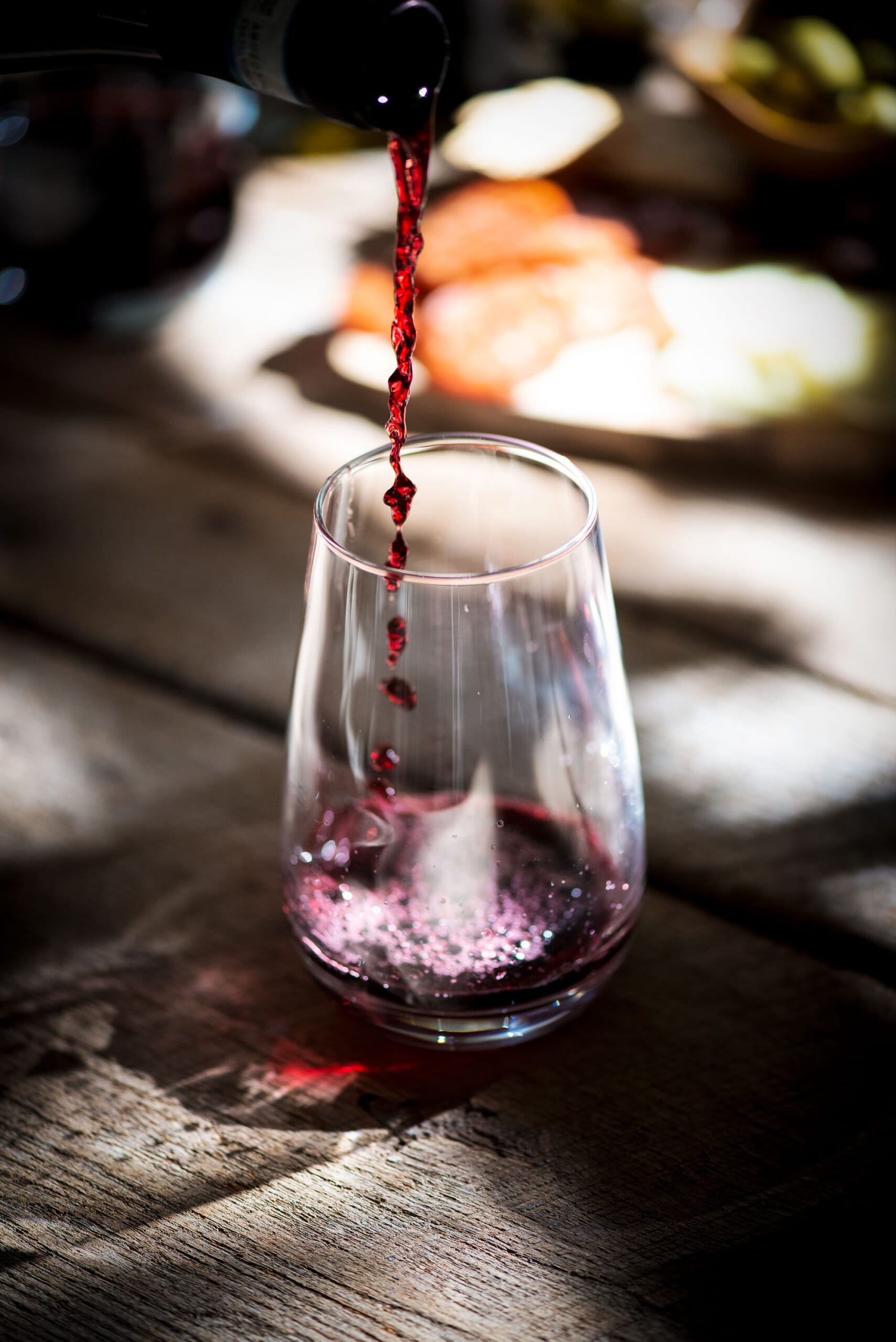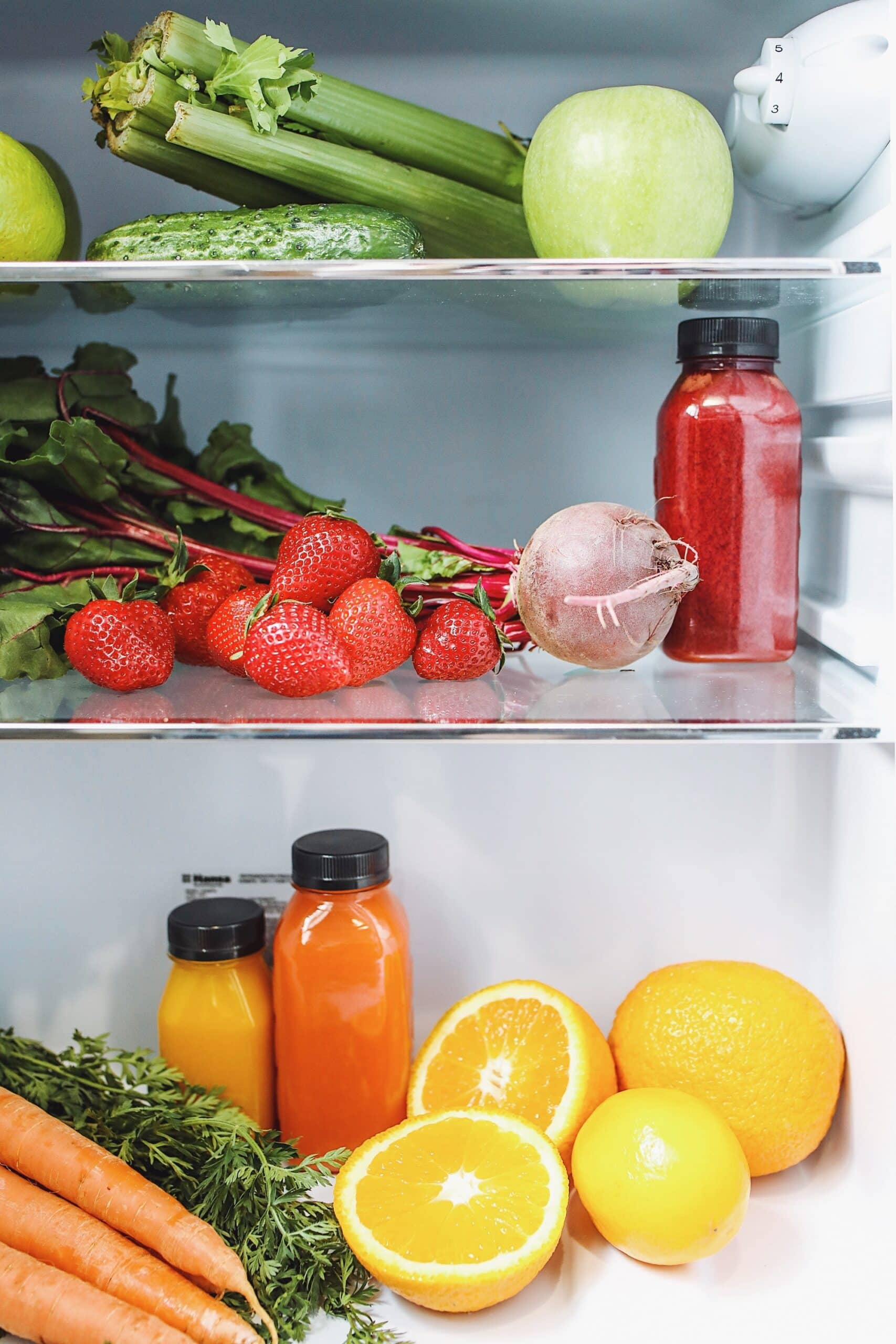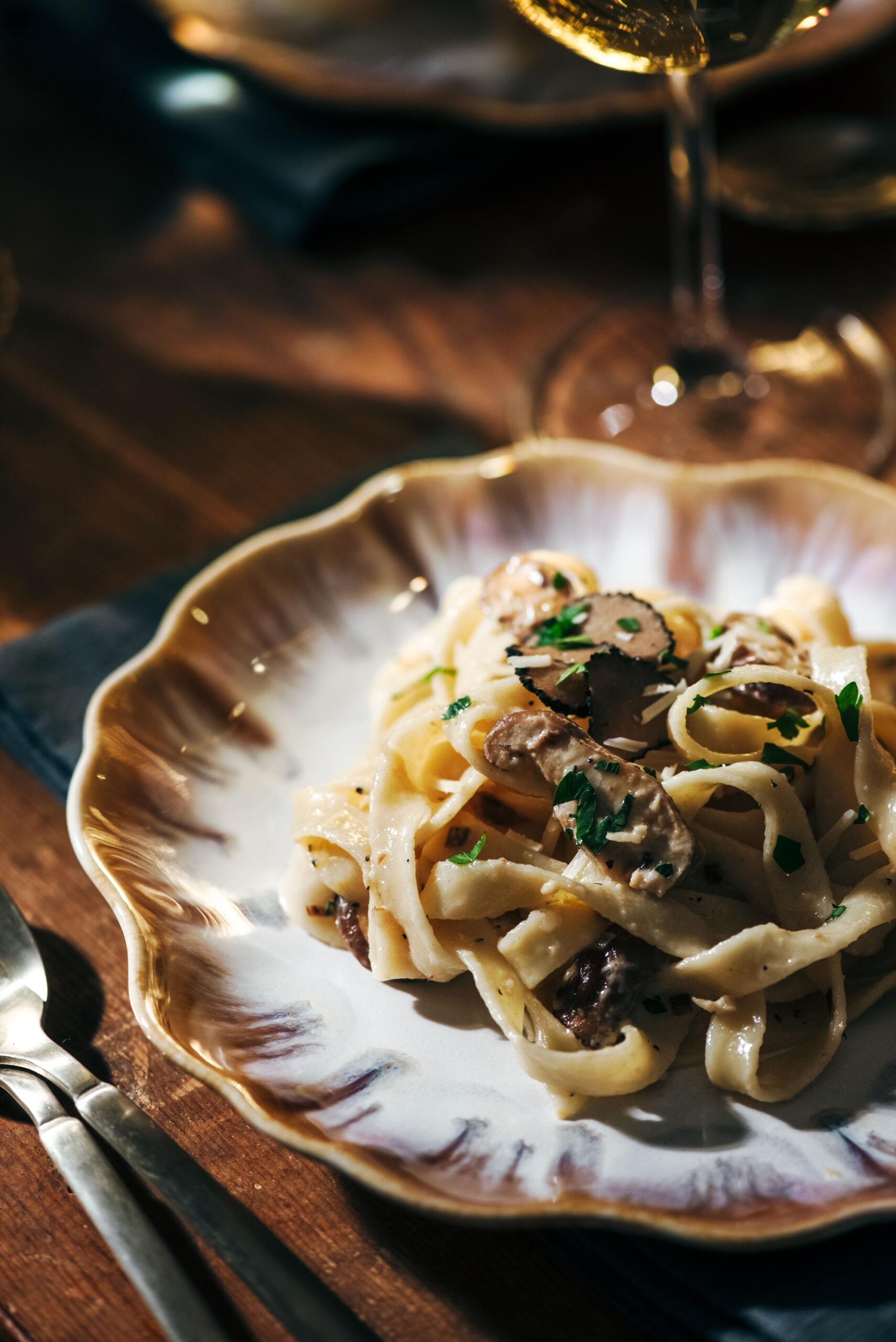When you’re talking about wine, it’s easy to get imposter syndrome. Check out the basic wine characteristics with a terminology breakdown to help you out.
The Basic Wine Characteristics You Should Know
Drinking wine can be an art form. Sometimes, picking out a wine can feel intimidating, especially since many wineries cater more to seasoned sommeliers. But you don’t have to study wine to be able to order like you did or enjoy it to its fullest extent.

Check out the basic wine characteristics you should know.
Tannins
When we’re talking about tannins, it’s important to understand what it means. Tannins are the phenolic compounds that contribute a bitter taste to a wine. They help the wine remain balanced and are one of the contributing factors to why red wine holds health benefits.
If your wine is high in tannins, it will leave your tongue feeling slightly dry, and the wine may taste bitter—perfect for a meal featuring red meat.
Acidity
Many people conflate acidity and bitterness with one another—but they are different qualities in a wine. When a wine is acidic, that means it tastes zesty and may feel light as you drink it. A highly acidic wine may seem higher in alcohol content—but it’s really just the tingling sensation the acidity leaves in your mouth.
Sweetness
While white wines are often the sweeter wines, there are dry whites and sweet reds. A wine’s sweetness is due to the sugar left in the wine by the end of the winemaking process. A sweet wine tends to have a higher sugar content, while dry wines fully converted all their sugars into alcohol throughout the fermentation process.
When a wine’s flavor hits you at the tip of your tongue, it’s likely a sweet wine with a higher viscosity than others.
Body
When people describe wine as having body, they are likely referring to how long the taste of the wine lingers in their mouth. A wine with a full body tends to linger for a while, while other wines may disappear within 20 seconds. Light-bodied wines are perfect for light meals, while full-bodied wines pair well with bold, filling plates.
These are the basic wine characteristics you should know. This basic wine terminology can help you with ordering and even identifying what you do and do not enjoy in a wine. With these basics, you can now explore ways to expand your wine palate and build upon your knowledge of wine.
Recipes that pair perfectly with wine:
- New Zealand Maori Boil Up
- Potato Mushroom and Chicken Hot Pot
- One Pan Tuscan Chicken
- Chicken Cacciatore {Hunters Chicken Stew}
- Make Madras Chicken Curry
Fresh bites, cozy vibes 😎
Dig into something delicious with us by subscribing below






